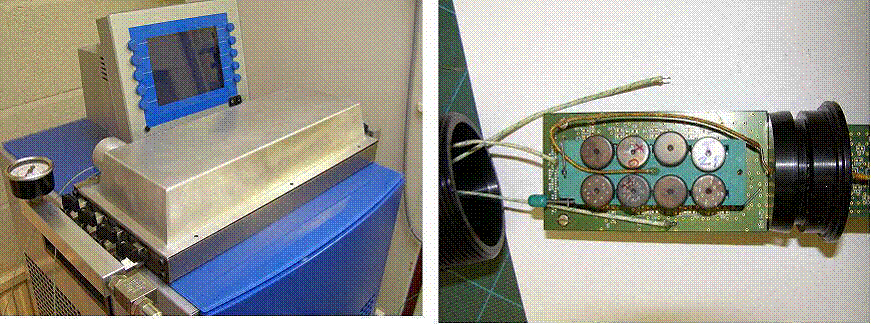
1Transense Technologies plc, Bicester, Oxfordshire, United Kingdom
Passive wireless sensors emerged as a new branch of SAW technology in the early 90s and almost immediately they were proposed for the use in automotive industry. The paper gives a brief overview of the early research projects devoted to pressure and torque automotive sensors based both on SAW reflective delay lines and resonators. Motivation behind development of the automotive SAW sensors and their advantages and disadvantages in comparison with competing technologies are discussed. Further progress of the automotive SAW sensors from the first demonstrators to production-ready systems required a solution of a number of problems, in particular, development of an inexpensive and accurate wireless interrogator, development of compact SAW sensing elements and packages for them suitable for high volume manufacturing. The paper discusses evolution of the sensing elements and interrogation methods with a particular emphasis on the resonant SAW sensors. Packaging methods are also discussed from the point of view of achieving good sensor reproducibility. A number of SAW sensing systems recently developed for automotive applications is presented: the tire pressure and temperature monitoring systems (TPMS) for sports cars and OTR vehicles, the torque and temperature sensor for the electrical power assisted steering system in off-road vehicles, the flexplate sensor for measuring IC engine output torque, the torque sensor for the F1 kinetic energy recovery system (KERS). Calibration of the wireless SAW sensors makes a significant contribution into the system cost. Methods of reducing complexity of the torque sensor calibration are discussed. A rig suitable for high volume calibration of the TPMS sensors is presented (shown in the figure below). Further directions of work in the field of SAW automotive physical sensors are related to improvement of packaging and sensor assembly methods, reduction of the interrogation time and combination of sensing and ID functions.
